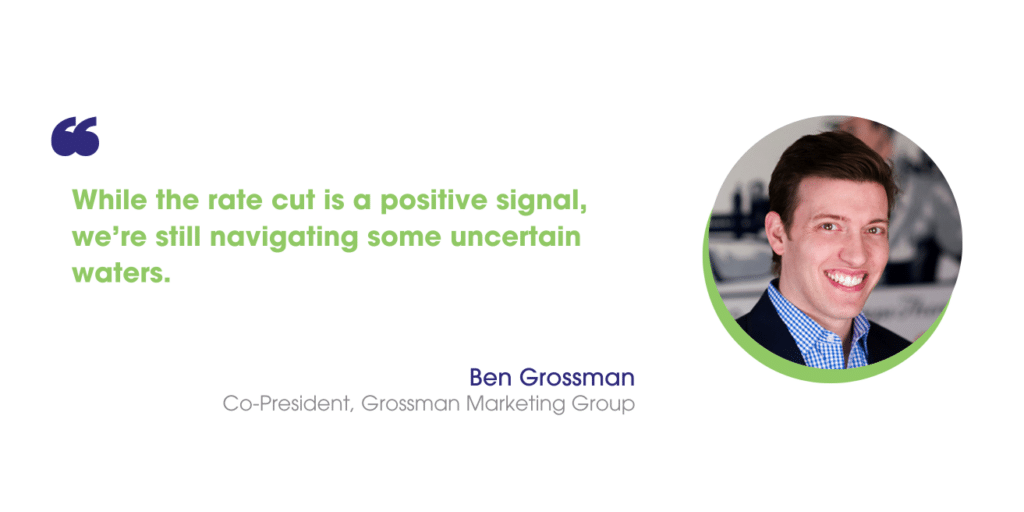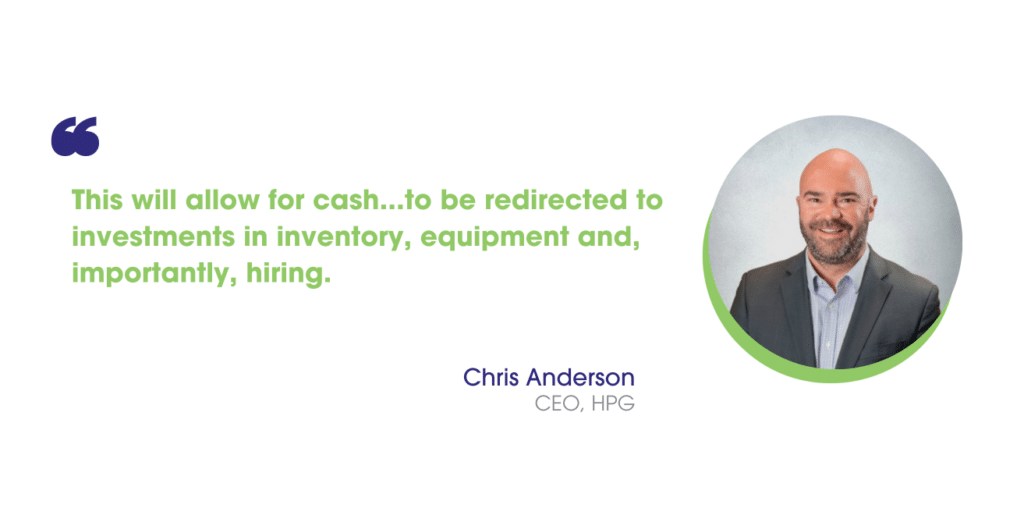The Federal Reserve has cut its federal funds target rate for the first time in four years.
- The rate sets a benchmark for other interest rates, such as credit cards, mortgages and auto loans, and between March 2022 and July 2023, the Fed hiked it 11 times to combat inflation.
On Wednesday, the Fed reduced its benchmark rate by 0.5% to a range of 4.75% to 5%, down from its prior range of 5.25% to 5.5%, which had been its highest level in 23 years.
“We’ve waited. And I think that patience has really paid dividends in the form of our confidence that inflation is moving sustainably under 2%, so I think that is what enables us to take this strong move today,” Fed Chair Jerome Powell said during a press conference on Wednesday.
- In August, the 12-month inflation rate decreased to 2.5%, its lowest level since February 2021, the U.S. Bureau of Labor Statistics reported.
- The Fed targets a 2% annual inflation rate, which officials believe will be achieved in 2026, CNN reported.
- In June and July, the promotional products industry grew by 1.75% over the same period in 2023, continuing its modest pace of revenue growth, according to PPAI Research’s latest bi-monthly market snapshot.
We just reached an important moment: Inflation and interest rates are falling while the economy remains strong.
— President Biden (@POTUS) September 18, 2024
The critics said it couldn’t happen – but our policies are lowering costs and creating jobs.
I’ll speak tomorrow about what this means for Americans.
The Fed’s larger-than-expected cut (a 0.25% reduction is standard) also indicates that the central bank is concerned about the labor market cooling off. Although layoffs remain low, hiring has slowed, according to the U.S. Bureau of Labor Statistics.
- In August, the unemployment rate reached 4.2%, which is down slightly from July. It has been inching up since March, a trend that has often preceded recessions, according to NBC News.
- However, the most recent figures released just Thursday morning showed new jobless claims unexpectedly falling.
Promo Perspective
The Fed’s rate cut signals a fresh chapter for the promotional products industry, says Alok Bhat, PPAI’s market economist and senior manager of research.
“It’s our chance to seize momentum, rethink strategies and drive innovation across the board,” Bhat says.
Reduced rates will come as a relief to both consumers and business owners, including David and Ben Grossman, co-presidents of Woburn, Massachusetts-based distributor Grossman Marketing Group.
The brothers have had to be a lot more disciplined about how they finance inventory due to interest rates skyrocketing over the past few years. After an eye-opening situation regarding a large enterprise program, they developed a process for account managers to follow to ensure that the company wasn’t overstocking inventory.

Ben says the Fed’s decision to cut rates could have several implications for the promo industry.
“In the short term, it may provide some relief to companies carrying debt or looking to invest in growth initiatives like marketing, which could boost demand for their services,” he says. “Lower interest rates can also encourage more consumer spending, which could indirectly benefit our industry as companies look to capitalize on renewed consumer confidence through brand-building and promotional campaigns.”
However, Ben warns that the broader economic environment, including inflation and supply chain constraints, will continue to play a significant role in shaping the industry’s trajectory.
“While the rate cut is a positive signal, we’re still navigating some uncertain waters,” he says.

Chris Anderson, CEO of HPG – PPAI 100’s No. 6 supplier – says that in the face of rapidly rising inflation (which peaked at 9% in mid-2022), it was widely expected that the Fed’s aggressive rate hikes would lead to an economic slowdown and eventual job losses.
But, to the surprise of many, the economy appears to have narrowly avoided recession, says Anderson, a current member of the PPAI Board of Directors who serves in the role of vice chair for finance services.
“Now that the Fed has dropped rates, my anticipation is the risk of recession will be further mitigated by a reverse of this effect; namely, that companies will expect economic growth in the coming months with the associated job growth,” Anderson says.
“From a practical standpoint, a rate reduction of 50 basis points will reduce the debt service payments of companies (and, for that matter, individuals). In the case of businesses, this will allow for cash that was previously directed to unproductive interest payments to be redirected to investments in inventory, equipment and, importantly, hiring.”


